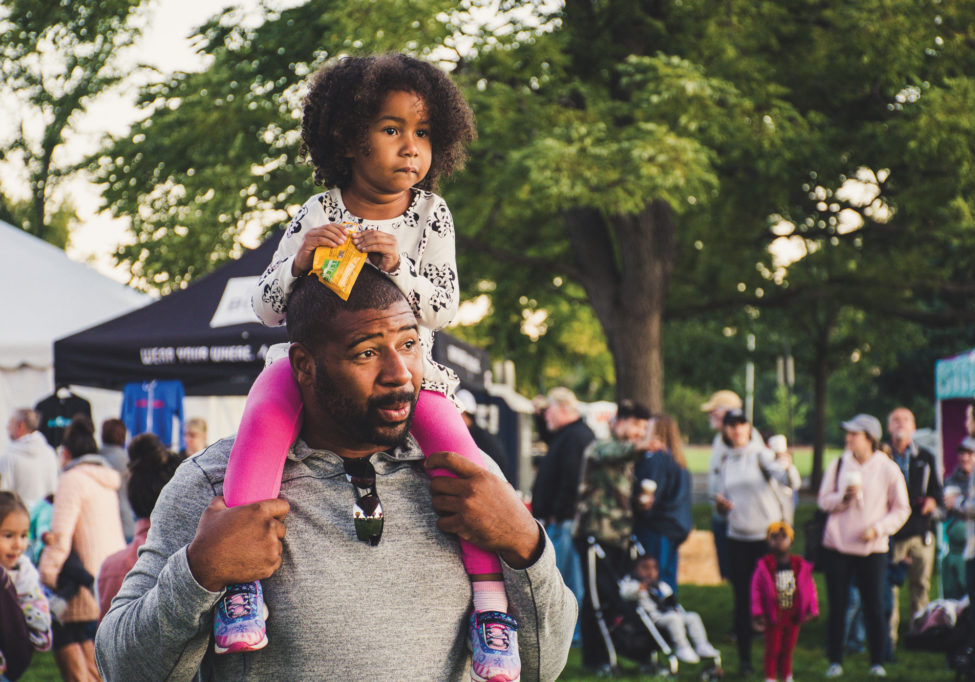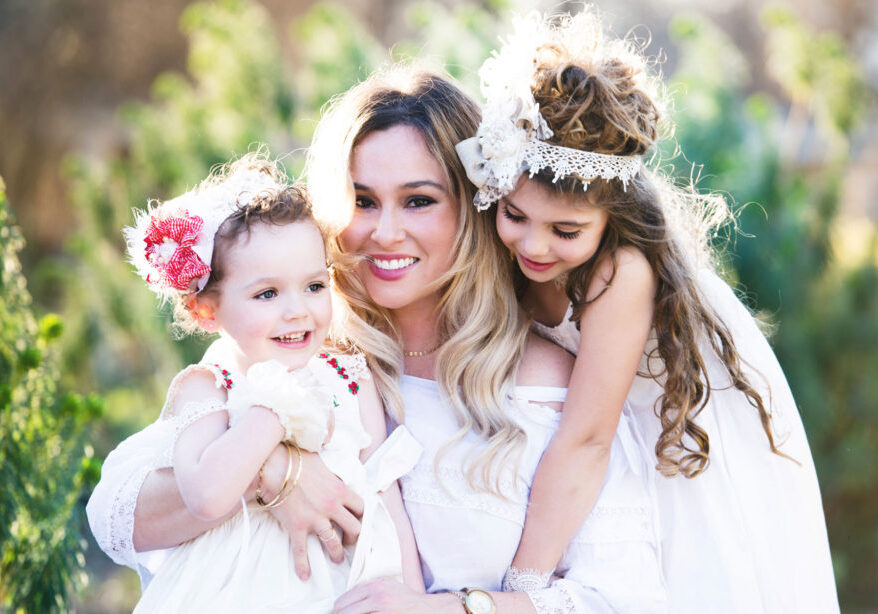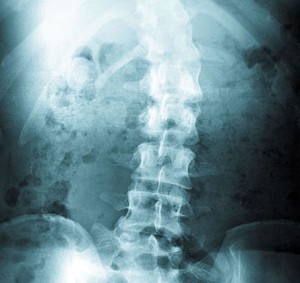 The words “scoliosis” and “S curve” were unknown to my family until the summer I was 12, and I fell into a pool. A trip to the pediatrician’s for a pulled muscle was followed by a referral to the orthopedist’s office where we soon learned more.
The words “scoliosis” and “S curve” were unknown to my family until the summer I was 12, and I fell into a pool. A trip to the pediatrician’s for a pulled muscle was followed by a referral to the orthopedist’s office where we soon learned more.
Scoliosis is a curvature of the spine that makes the spine look more like an “S” or a “C” than a straight line. Often times, these curves will cause a child’s hips or shoulders to appear uneven or cause a shoulder blade to jut out. Scoliosis generally does not cause any discomfort to a child, and often times the condition is not noticed until the curves have progressed.
While scoliosis affects only 2 to 3 percent of the population, it is more prevalent in girls and is usually diagnosed just before or during adolescence. Most scoliosis is considered idiopathic, meaning the cause is unknown. However, it does appear that there is a genetic component.
Scoliosis is detected through a simple physical exam. Jeanine Roy, a credentialed school nurse for Paradise Unified School District, screens the seventh grade girls and eighth grade boys in her district. During the exam, the child is asked to lean forward and bend 90 degrees at the waist. The examiner looks at the child’s shoulders, hips and spine for signs of curvature or asymmetry of the body. If Roy detects scoliosis, she contacts the parents, making a referral to their doctor or to a Shriners Hospital clinic where children can receive a free evaluation.
Dr. Dan Benson, with UC Davis Children’s Hospital, was instrumental in getting the screening law passed in California. He says that many of his patients come to him because of school screenings since parents of adolescents may not see their child undressed very often.
Treatment for scoliosis is dependent upon the severity of the curve and the likelihood that the curve will worsen. Typically, curves that are less than 20 degrees are considered mild and only require monitoring, usually with x-rays every 6 to 12 months. If the curves progress, your doctor may begin to talk about treatment options with you.
Moderate scoliosis is defined by curves between 25 and 40 degrees and is typically treated with a brace. A brace does not cure scoliosis but usually will prevent any further progression of the curve.
Lynette Mathews, of Folsom, was diagnosed with scoliosis when she was in the fifth grade. After being monitored for a few years, Lynette began to wear a brace. Her custom-fitted brace was worn for 23 hours a day for six years since effectiveness increases with the amount of time that it is worn. Children can take the brace off to participate in sports and usually can continue to participate in most activities with few restrictions.
Curves of greater than 40 to 50 degrees will generally require surgery where the vertebrae in the curve are joined together, or fused, with bone that is taken from the pelvis. The surgeon may also use metal rods, hooks, screws or wires to hold that part of the spine straight as the bone heals.
There are alternative options that parents can also explore. Dr. Benson says that these other therapies usually don’t hurt since most of them strengthen muscles, which is good for overall health. However, he stresses that parents should still consult with their doctor, as these therapies don’t help the progressive nature of scoliosis.
One option, Bowenwork, consists of gentle, yet powerful movements on muscle and connective tissue that “allows the body to be at ease with the structure as it is,” according to Nancy Pierson, a Bowenwork instructor. She says that she has seen curves straighten and has had “really good results if people stick with it.”
Elise Browning Miller is a Bay Area yoga teacher who avoided surgery through yoga practice. She was 15 when diagnosed with scoliosis, and surgery was recommended. Since she was nearly done growing, a second doctor advised her to hold off on surgery. In her 20s, Miller discovered yoga. She says, “Yoga decreased my pain and helped me feel more aligned right away.” She decided to make yoga her career and now sees patients from all over the state. “Strengthening is a big part of working with teens with scoliosis,” she says. She works with some teens who are wearing a brace already. “Practice and consistency are most important,” she says, when it comes to yoga treatment. “I have seen curves change a few degrees.”
No matter what treatment decision your family makes, emotional support during this time can have a strong impact on your child. Lynette Mathews says that when she entered high school wearing her brace, “everything changed” as she felt left out of certain social circles. She says, “I looked forward to going away to college and reinventing myself from ‘the girl with the brace’ to my new self.”
As adolescents, our children are bombarded with perfect body images while dealing with the social and emotional aspects of growing up. Wearing a brace or having surgery can add even more anxiety. A supportive group of family and friends, or even a scoliosis support group, can be the step that makes the process easier. “Talking with support group members who can give advice based on real-life experiences can be helpful,” says Dr. Benson. “The emotional aspect is a very important part of treatment which can be tremendously stressful on a teen. Hearing from other teens who went through this can make it a lot easier.”
Since June is National Scoliosis month, it’s a good time to check out your child’s back, hips and shoulders. If you notice any signs of scoliosis, contact your doctor. Explore the options for treatment and find the one that works best for your child and your family. And remember that swimming, jumping and running are an important part of any child’s life, even a child with scoliosis!
Posted in: Health & Nutrition
Comment Policy: All viewpoints are welcome, but comments should remain relevant. Personal attacks, profanity, and aggressive behavior are not allowed. No spam, advertising, or promoting of products/services. Please, only use your real name and limit the amount of links submitted in your comment.
You Might Also Like...
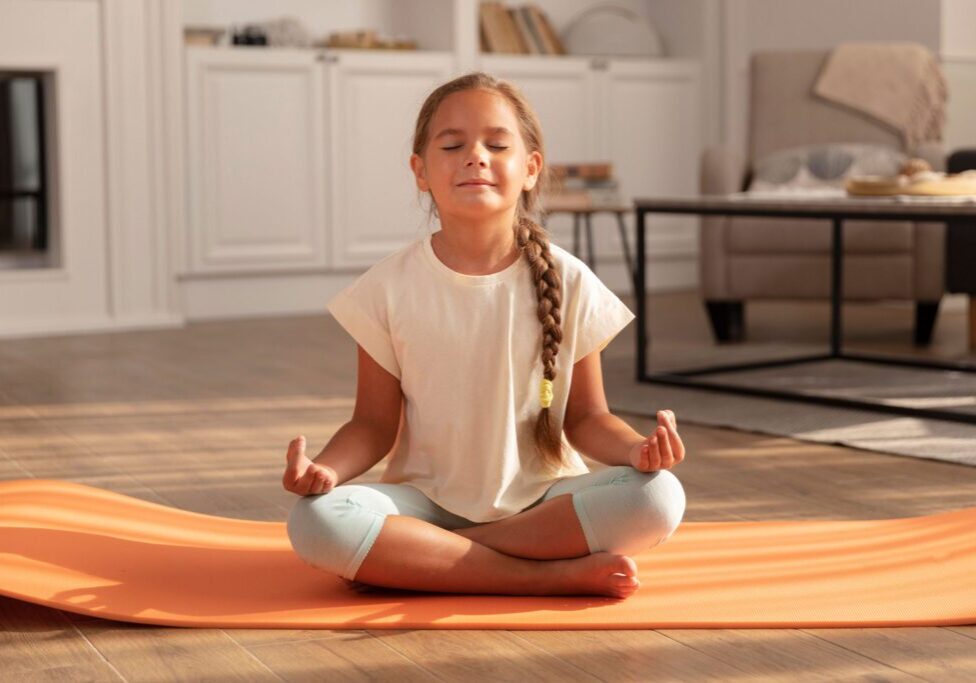
How to Turn Time Wasters into an Opportunity for Mindfulness
As I approach yet another bright red traffic light, I can feel my heart begin to pound and irritability surge through my veins. These traffic lights are always getting in […]
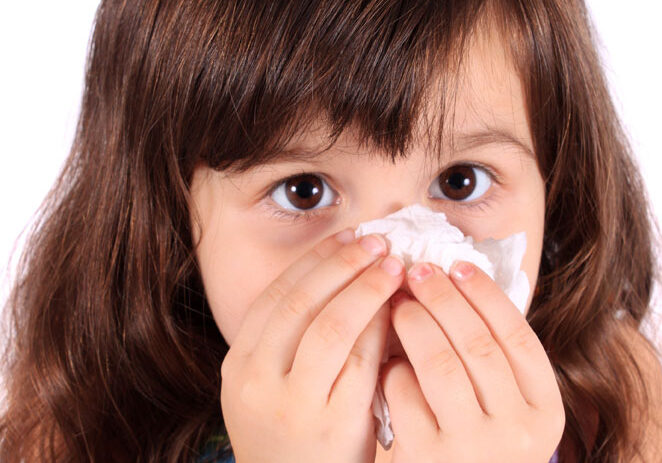
Ten Things Children with Food Allergies Want You to Know
1. I long to be included. I would like to look, act and eat like everyone else. I’d like to buy my lunch and sit wherever I want. I know […]
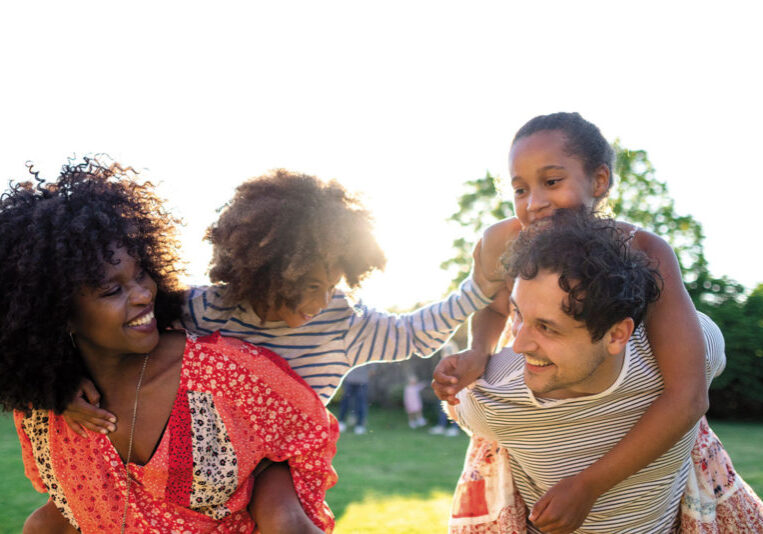
Let it Go: Some Worries Aren’t Worth The Time
Worrying, it’s something all parents do. I am guilty of it, especially when I lie awake at 3:00 a.m. with the silence of the house ringing in my ears. I […]
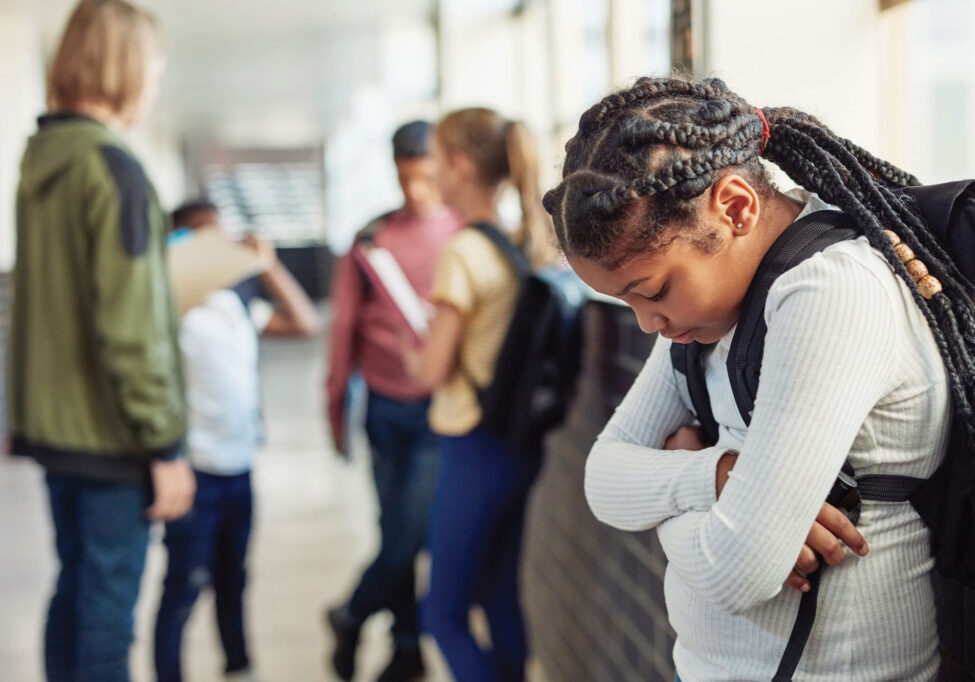
Helping Introverted & Highly Sensitive Kids Thrive
These days my teenage daughter cheerfully refers to herself as an ambivert, meaning a person who possesses both introvert and extrovert qualities. But this was not always the case. When […]


